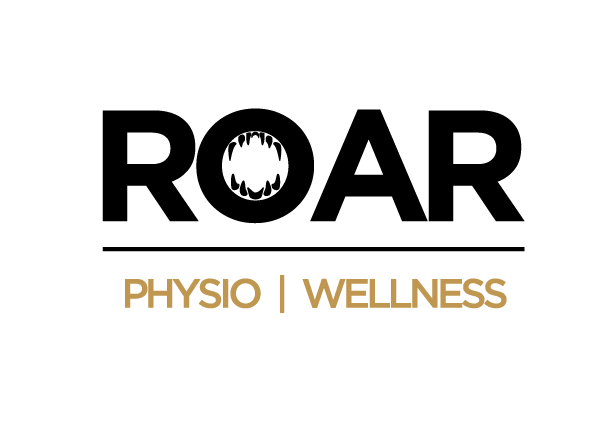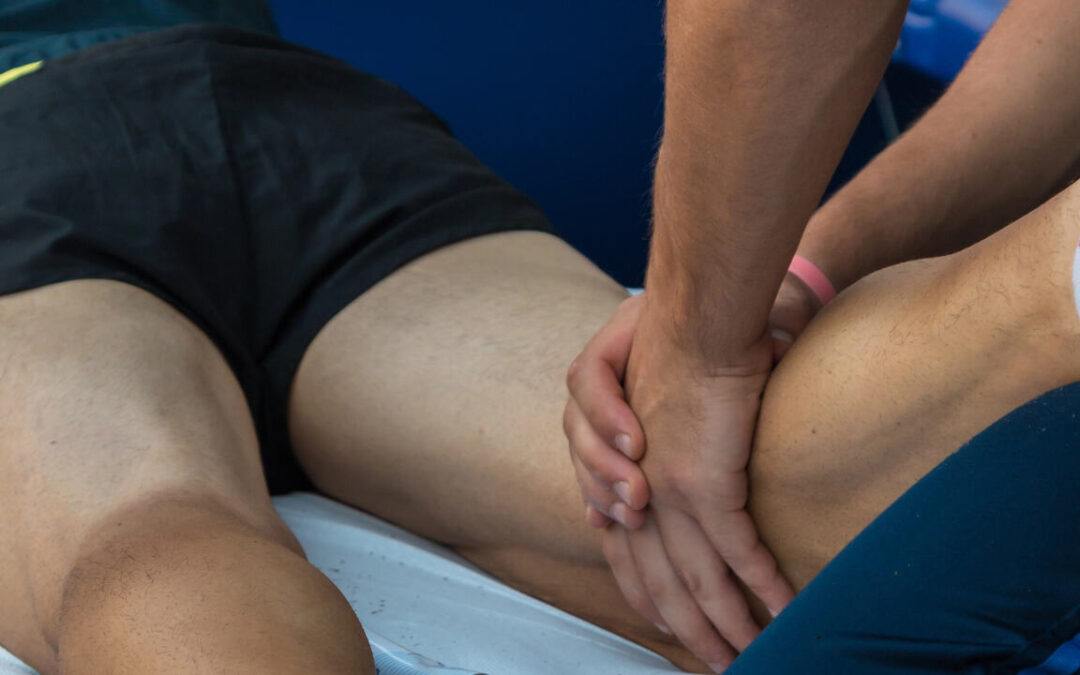Whether you’re a professional athlete or someone who enjoys staying active, sports-related injuries can sideline your progress. That’s where sports physiotherapy comes in. Designed to treat and prevent injuries, improve athletic performance, and promote quicker recovery, sports physiotherapy is a specialized branch of physiotherapy that caters to the unique needs of athletes. Athletes can rely on physiotherapy services to stay on top of their game while minimizing the risk of injury.
What Is Sports Physiotherapy?
Sports physiotherapy is a specialized field focused on preventing, assessing, and treating injuries related to sports and physical activity. It involves tailored treatments designed to address the specific demands of athletes, whether they are recovering from an injury, managing chronic pain, or aiming to enhance their overall performance.
Sports physiotherapists use a variety of techniques, including manual therapy, exercise prescription, and injury prevention strategies, to ensure that athletes can return to their sport as safely and efficiently as possible. The goal is not only to treat injuries but to improve overall biomechanics, flexibility, strength, and endurance to help athletes perform at their best.
Sports Physiotherapy Benefits for Athletes
Sports physiotherapy offers numerous benefits for athletes, whether they’re recovering from an injury or trying to enhance their performance. Here’s how sports physiotherapy can be a game-changer for athletes in Sherwood Park:
- Injury Prevention: Sports physiotherapy focuses on identifying and addressing muscle imbalances, weaknesses, and biomechanical issues that could lead to injuries. Through targeted exercises and strategies, athletes can prevent injuries before they happen.
- Faster Recovery: Physiotherapy accelerates the healing process through tailored treatments designed to restore normal function, reduce pain, and strengthen the injured area. This helps athletes get back on the field or court more quickly.
- Enhanced Performance: Physiotherapists can develop personalized training programs that improve strength, flexibility, and endurance. By optimizing movement patterns and reducing muscle imbalances, athletes can achieve peak performance.
- Pain Management: For chronic pain or recurring injuries, sports physiotherapy offers non-invasive solutions to reduce pain through manual therapy, massage, or modalities like dry needling.
- Long-Term Health: Regular physiotherapy sessions help maintain muscle health, flexibility, and joint mobility, ensuring that athletes can continue participating in sports long-term without persistent issues.
Common Sports Injuries Physiotherapists Can Help You With
Sports injuries can affect various parts of the body, and sports physiotherapists are trained to treat a wide range of conditions. Some of the most common sports injuries treated by physiotherapists include:
- Sprains and Strains: These soft tissue injuries occur when muscles or ligaments are overstretched or torn, often resulting from sudden movements, falls, or improper warm-ups.
- Tendinitis: Overuse of tendons during repetitive activities can lead to inflammation and pain, commonly affecting the shoulder, knee, and Achilles tendon.
- ACL Injuries: The anterior cruciate ligament (ACL) is frequently injured in sports that involve sudden stops, jumps, or changes in direction, such as soccer or basketball.
- Rotator Cuff Injuries: Athletes involved in overhead sports like tennis, swimming, or baseball are prone to rotator cuff injuries, which can cause shoulder pain and limit range of motion.
- Shin Splints: Runners often experience shin splints, a condition marked by pain along the shinbone caused by repetitive stress and impact on the legs.
- Tennis Elbow: This condition is caused by repetitive use of the forearm muscles, leading to pain and inflammation on the outer part of the elbow.
Techniques Commonly Used in Sports Physiotherapy
Sports physiotherapists use a combination of techniques to treat injuries and improve athletic performance. Each technique is chosen based on the specific needs of the athlete and the nature of their injury. Common sports physiotherapy techniques include:
- Manual Therapy: Hands-on techniques such as joint mobilization, soft tissue massage, and myofascial release are used to reduce muscle tension, improve joint mobility, and alleviate pain.
- Exercise Prescription: A cornerstone of sports physiotherapy, exercise programs are tailored to the individual to help strengthen weak areas, improve flexibility, and restore function after an injury. These exercises often focus on core stability, balance, and strengthening the injured area.
- Dry Needling: This technique involves inserting thin needles into tight muscles to release tension, reduce pain, and improve muscle function. It’s particularly useful for treating chronic muscle tightness and trigger points.
Biomechanical Analysis: Sports physiotherapists assess an athlete’s movement patterns to identify biomechanical inefficiencies that could be contributing to injuries. Based on this analysis, they provide corrections and exercises to optimize movement and reduce injury risk.
Get Your Roar Back
The Role of Physiotherapy in Improving Athletic Performance
Physiotherapy plays a significant role in improving athletic performance. Athletes often seek physiotherapy not only for injury recovery but also to enhance their physical capabilities. Through targeted exercises and training plans, physiotherapists can help athletes optimize their strength, flexibility, and endurance. Physiotherapy can correct movement patterns and address muscle imbalances, both of which are critical for peak performance.
For instance, athletes in sports like soccer, basketball, or tennis often benefit from improving their range of motion, balance, and core strength, which helps reduce fatigue during competition. Additionally, physiotherapy programs focus on improving coordination and reaction time, allowing athletes to perform more efficiently with reduced risk of injury.
Sports physiotherapy can also help athletes fine-tune their biomechanics, which leads to better form during training and competitions. By working closely with a physiotherapist, athletes can enhance their physical abilities while simultaneously reducing the chances of injuries, helping them remain consistent in their performance over time.
Recommended Exercises in Sports Physiotherapy Programs
Sports physiotherapy programs often include a combination of strengthening, flexibility, and balance exercises tailored to the athlete’s specific needs. Here are some common exercises prescribed in sports physiotherapy programs:
- Core Strengthening: Core exercises are crucial for athletes as they provide stability to the entire body, allowing for better control and power during athletic movements. Exercises such as planks, Russian twists, and leg raises help build core strength.
- Strengthening the Lower Body: To enhance performance and prevent injuries, lower body strength is essential. Squats, lunges, and step-ups are commonly prescribed to strengthen the quads, hamstrings, and glutes.
- Shoulder Stabilization: For athletes in sports that involve upper body movements, such as tennis or swimming, shoulder stability is key. Exercises like resistance band external rotations and shoulder presses can help strengthen the rotator cuff muscles and improve shoulder stability.
- Balance and Coordination: Maintaining proper balance is important for all athletes, particularly those in high-impact sports. Single-leg balance exercises, along with lateral movements and agility drills, help improve stability and coordination.
- Flexibility and Mobility Drills: Flexibility exercises such as hamstring stretches, hip flexor stretches, and shoulder mobility work are essential for preventing injuries and improving range of motion. These exercises are especially important for athletes with tight muscles or joints that are prone to stiffness.
These exercises are typically integrated into a comprehensive physiotherapy program that addresses an athlete’s specific areas of weakness or injury risks. By following a tailored plan, athletes can enhance their strength, flexibility, and overall performance.
How Often Should Athletes See a Physiotherapist?
The frequency with which an athlete should see a physiotherapist varies based on individual needs, goals, and the type of sport they play. For athletes who are recovering from an injury, physiotherapy may be required several times a week to ensure proper healing and rehabilitation. As the recovery progresses, the frequency of visits will likely decrease.
For athletes who are injury-free but looking to maintain or improve performance, monthly check-ins or sessions every few weeks are typically sufficient. This allows the physiotherapist to monitor progress, correct any issues before they become problems, and provide advice on optimizing training techniques. Athletes who train intensely or compete frequently may benefit from more regular sessions to ensure their muscles and joints remain in optimal condition.
Preventive physiotherapy sessions can also be beneficial during the off-season to help athletes stay in shape and prepare their bodies for the upcoming season. Your physiotherapist will tailor a treatment plan based on your unique needs, ensuring that you receive the proper level of care to stay at your best.
Reach New Athletic Heights
Sports physiotherapy plays a crucial role in helping athletes recover from injuries, prevent future issues, and enhance overall performance. Whether you’re dealing with a nagging injury or want to improve your physical fitness and agility, physiotherapy can help you reach your goals.
If you’re an athlete looking to stay active and injury-free, consider booking an appointment at Roar Physio | Wellness to learn how a tailored physiotherapy plan can benefit your sports performance and recovery.

